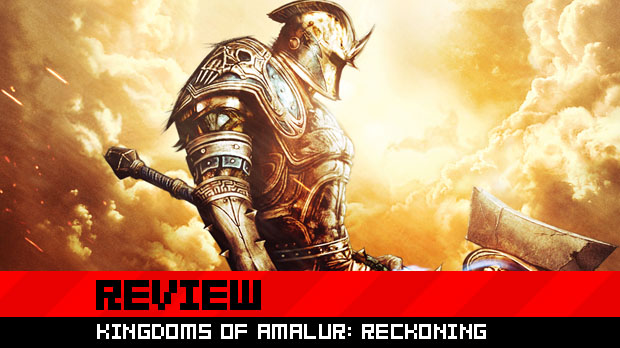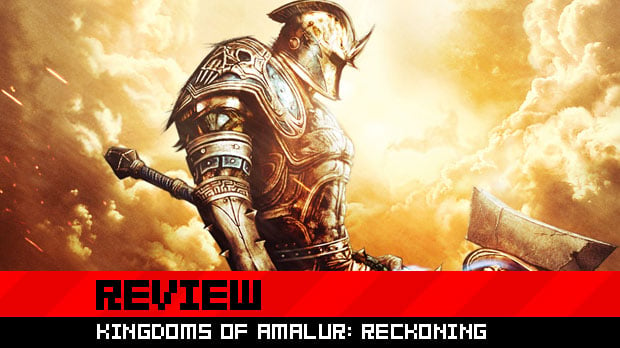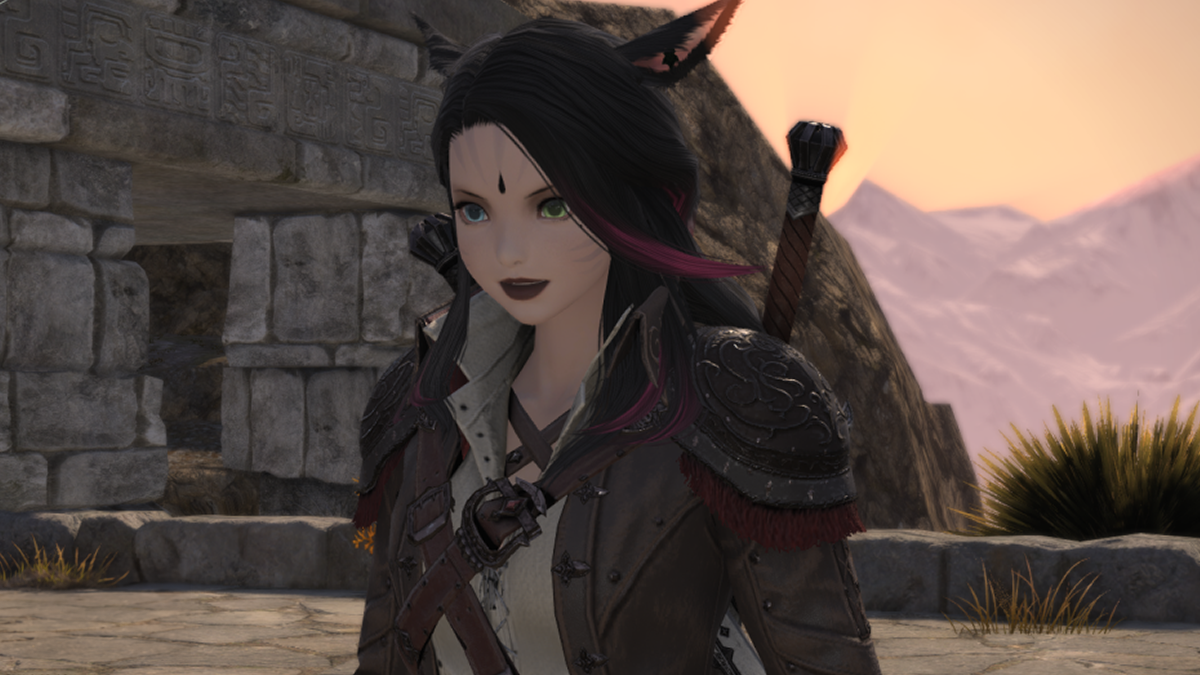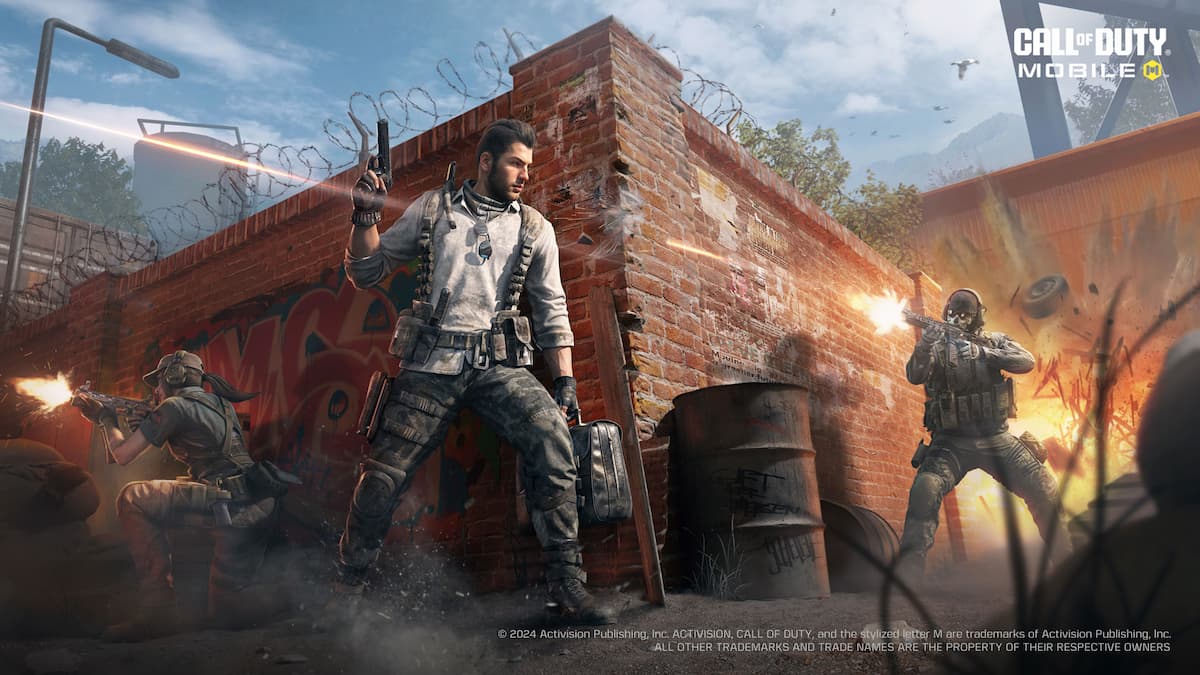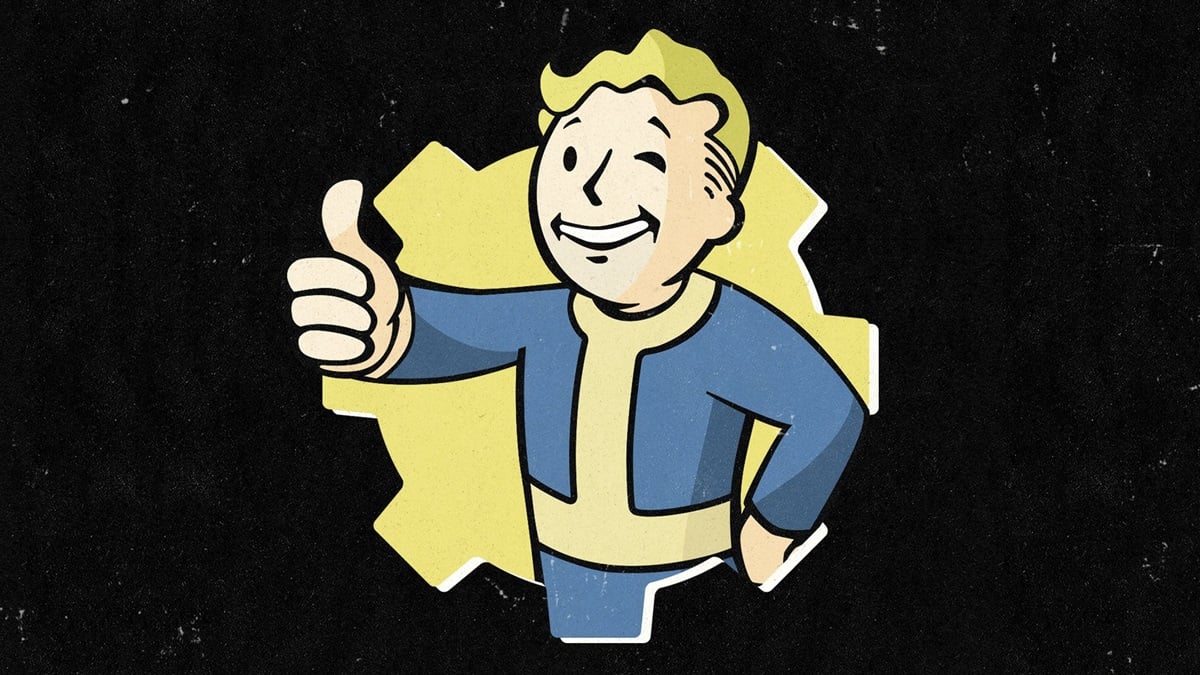Sometimes, the best way to become a blockbuster videogame is to act like you already are one. That seems to be Kingdoms of Amalur: Reckoning‘s modus operandi, and the gambit is paying off. Despite the big names attached to the project, very few people paid attention to the game until recently, when it started confidently presenting itself as a game that everybody wants.
The power of persuasion at its finest.
However, once you have everybody’s attention, the hardest challenge awaits: being good enough to deserve your own contrived hype. Kingdoms of Amalur wants to play with the big boys of the role-playing genre, and even branch off into MMO territory. Now it’s got to prove it has the right stuff to make that happen.

Kingdoms of Amalur: Reckoning (PC, PS3, Xbox 360 [reviewed])
Developer: 38 Studios, Big Huge Games
Publisher: 38 Studios, Electronic Arts
Released: February 7, 2012
MSRP: $59.99
Kingdoms of Amalur: Reckoning does not beat around the bush. It knows exactly what it wants to be, what it wants you to feel, and what a Western RPG is when you boil it down to the bare essentials. It is a game designed, from beginning to end, as little more than an indulgent power fantasy, pure escapism where players get to be anything they want to be, and feel awesome doing it.
After creating a character using streamlined menus that allow them to pick a race, a gender, and some pre-set facial features, players wake up in the Well of Souls after having been killed and mysteriously resurrected. It’s fairly typical RPG fare in what is a fairly typical RPG environment created by none other than R.A. Salvatore. It doesn’t take long after the amnesiac hero’s awakening before he or she is swinging swords, firing off arrows, flinging spells and stabbing unaware guards in the back. The small tutorial cave that guides players through the basics is over and done with fairly swiftly, before the budding hero is tossed into a colorful fantasy world with one ultimate goal: be amazing.
There are three basic schools of combat in Amalur — Might, Sorcery and Finesse — and each one fills a stereotypical role that will instantly be familiar to those who have played almost any other RPG. However, unlike most other games, players do not have to pick a class and stick to it. As a “Fateless” hero, one is able to sculpt and shape their avatar into the perfect killing machine, designed entirely around their favored play style.
Might, Sorcery and Finesse each have their own skill trees, and every time a character gains a level, skill points can be invested wherever the player desires. There’s no need to commit to a single tree, either, so if a stealthy wizard is required, skills in Finesse and Sorcery can be obtained. Similarly, players can put points into all three skill trees to create a balanced hero, or a single tree for a truly specialized individual.
Fate Cards are unlocked depending on how many points are sunken into each skill tree. They bestow powerful new augmentations to better complement the chosen play style. For instance, putting points into both Sorcery and Might will unlock such Destinies as Battlemage and Paragon, which rewards physical mage combat by regenerating Mana every time a player takes damage. Should somebody want a character that purely specializes in Might, they’ll unlock Destinies that boost melee damage, while Finesse characters can increase their sneaking and dodging skills. Completing certain quests also unlocks “Twist of Fate” cards, which confer permanent bonuses.
For a game so focused on choice, it’s important that players don’t regret their decisions, and Amalur puts a strong emphasis on the power to undo skills and start over. For a large sum of gold, characters are free to visit Fateweaver NPCs and reassign their skills whenever they want. All skill points spent up to that moment will be returned, and may instantly be reinvested for slight alterations or complete reinventions. The ability to re-spec isn’t new to RPGs, but Amalur turns it into an art form, an integral part of a game that revolves entirely around creating one’s perfect vision of a fantasy avatar.

All of this choice would mean nothing if Amalur were not an enjoyable kingdom to inhabit, but it thrills me to say that 38 Studios has created a rather splendid game to house its ambition. While it’s not the most endearing game world, Amalur is beautiful and, at the very least, quite interesting. It’s a world cobbled together by well-known tropes and populated with ideas borrowed from other, more venerable games, but the blend is as sweet as it is familiar. This isn’t a game that sets out to innovate or break new ground; it simply sets out to be good, and that’s definitely a goal it meets.
The world is littered with quests that can be undertaken or ignored at one’s discretion, and the main story is complemented by a number of faction quest lines, each with its own self-contained plots and rewards. As one would expect, there are hundreds of tasks, ranging from simple fetch quests to dungeon-crawling assassinations, and while there’s nothing unique about the litany of jobs on offer (in fact, some of the factions almost seem robbed from The Elder Scrolls‘ various guilds), they’re all quite pleasant and they all contribute to the overarching purpose of gaining wealth, power and infamy. There’s plenty of content, to boot. I have currently logged over forty-four hours, and I have many unfinished missions on the docket.
Naturally, combat is a huge part of the experience, no matter which way you choose to fight. Players can carry two weapons at once, and can also select up to four special abilities or magical spells that are instantly deployed by a simple button press. General melee is a simple hack-n’-slash affair, although as new skills are unlocked, slightly more complex combo moves can be pulled off. Different weapons are better suited to different characters, with sorcerers able to use staves and ranged scepters, melee warriors gaining access to large, heavy weapons, and finesse experts wielding arrows or daggers. One face button is assigned to each weapon, so they can be switched on the fly to create versatile attack patterns. My own character, a specialist in Sorcery and Might, can send enemies flying back with a hulking greatsword, then continue to attack them at range with a pair of chakrams. Choosing two weapons that complement each other can make for incredibly gratifying action.

Special attacks and spells are used as seamlessly as weapons, allowing one to instantly stop swinging a sword and start pounding the ground to create earthquakes or fling balls of electricity. Performing well in combat fills a Fate meter that, when full, can be activated to unleash Reckoning Mode, which slows down time and vastly increases the amount of damage dealt. In Reckoning Mode, enemies are whittled to a sliver of health and left stunned, prone to a devastating execution that can generate bonus experience depending on how hard the player mashes a button. If multiple enemies are stunned before the execution is activated, then the experience bonus is chained. It’s a simple system, but a pleasing one.
Combat is both fun and challenging, with a focus on efficient blocks and dodges that creates a more tactical edge than most button-mashing RPGs offer. Enemies are aggressive and players will need to be on the defensive just as much as the offensive. While it’s a noble effort to inject a little depth into the game, it can become incredibly annoying. For instance, player attacks can be interrupted at any time, even if they’re halfway through a lengthy spell animation. Meanwhile, many enemies can pull off attacks uninterrupted and will power through even the most deadly of abilities.
Perhaps the worst — and most common — grievance is had when fighting multiple enemies with fast attacks. It’s not uncommon to get hit by an opponent and knocked right into the attack of another one. Some enemies even have their attacks timed to create almost seamless chains, with one blow ending just as another begins. For melee characters, this can mean blocking to an almost farcical degree, with there being almost no gap in an opposing assault. Just wait for an encounter with spiders, with those in melee range taking turns to attack while those positioned further away effortlessly lob projectiles. The coordination of the hostile forces can sometimes border on bullying.

One other gripe with the combat is that special abilities, even when leveled up, feel remarkably weak. Even those skills designed to deal with crowds have rather small attack radiuses, and when they hit, they seem to do little damage. They’re also really good at missing their targets, while enemy skills home in and hit with 100% efficiency, even readjusting their trajectory mid-flight should you dodge! It would also help to not be restricted to four mappable skills at the maximum. One soon learns that it’s a waste of points to unlock more than four active abilities, as they simply won’t be able to use them all — not without constantly navigating through menus to swap them out.
A final annoyance is the map system. The on-screen mini-map is practically useless, since it doesn’t account for the lay of the land and the rather exasperating invisible walls that fill every path. The world map also uses a tiny gold ring to indicate where an active quest is, and it can be maddeningly tough to pinpoint.
These irritations are minor, but they will be with the player from beginning to end. It can grow incredibly frustrating, as players are often at the whim of luck, hoping the enemy attacks are aligned just right (or wrong, in their case) enough for an opening. However, when that opening is presented, that’s when it becomes worth the hassle. Thanks to combat animations that feel incredibly meaty and impactful, a successful assault is intensely enjoyable. The game often reminds me of Monster Hunter, especially when using the oversized greatwords and hammers, as each attack feels weighty and bone-crunching when it connects. Once players level up and gain new attack combos for their regular weapons, the enemy oppression lightens up a little as well, allowing for a more even, and brutally enjoyable, battle.

Outside of skirmishing, there are more passive utility skills that can be enhanced with each level gained. Taking the form of many genre staples, characters can learn to pick locks, increase their mercantile abilities, or learn one of the crafting trades. There are three crafting systems, one for weapon creation, one for alchemy, and another focused on creating gems that can be slotted into equipment. To craft items, players need to find components in the world (or salvage them from loot, in the case of blacksmithing) and take them to the designated crafting system. Fashioning a new item is a simple case of choosing the right parts and hitting the button. It’s rudimentary, but elegant, and well worth the time.
All of this takes place in a beautiful world, with character design by comic book artist Todd McFarlane. The human characters have a unique blend of realistic proportions and cartoonish features to create a rather pleasant cast that avoids the “uncanny valley” trappings of similar games. A varied palette of bright, contrasting colors makes this one of the prettiest-looking console games in recent memory, while a typically stirring soundtrack keeps things exciting. The voice acting is a little more spotty, with some decent performances marred by terribly forced accents.
At its heart, Kingdoms of Amalur doesn’t offer much that hasn’t been seen before. Earning gold to buy more armor and weapons, performing quests for experience, battling monsters and growing one’s skills to become a godlike master of war — these are all things we’ve experienced a dozen times before. However, never before has a power fantasy been delivered in such a direct way. Kingdoms of Amalur doesn’t waste time taking things slow; it doesn’t let too much waffling get in the way of acquiring more gold, more experience, more loot and more skills. While there’s something faintly sterile and alienating about Reckoning‘s world, the focused purity of its intentions is reason enough to keep playing. You’ll want that new magic helmet because it looks cool and will give you more health, not because you care very much about using it to save the city. The game is all about you — how tough you feel, and how bad your ass is.

It’s an honest, undiluted acknowledgement of what Western RPGs are all about, and I can respect that. Rather than try to be too deep or too meaningful, Reckoning simply presents players with a direct feed into the vein of empowerment and expects you to gorge until you’re bursting. While the combat can often undermine that feeling of acquired strength, there’s still enough rousing success to be had that keeps one returning for more.
For anyone who needs little more than a sword, a shield, and some monsters to annihilate, there are few games more committed to delivery. For those addicted to looting dungeons and crafting increasingly arcane magic gloves, there are few games more willing to serve the goods. For those who want an RPG free of pretense and utterly devoted to indulgence, Kingdoms of Amalur: Reckoning is your game.
